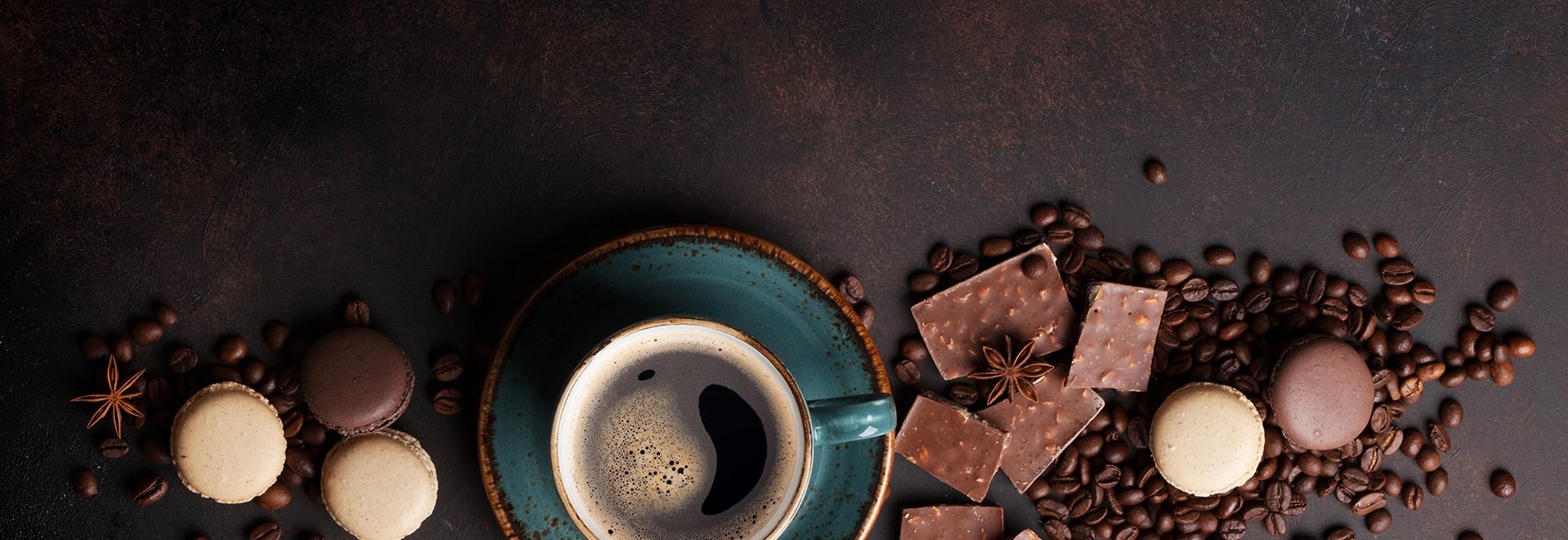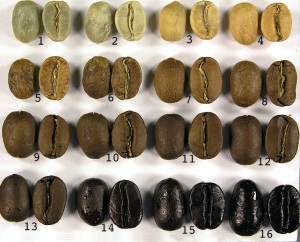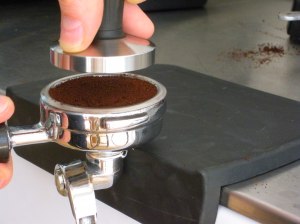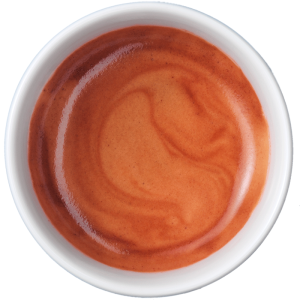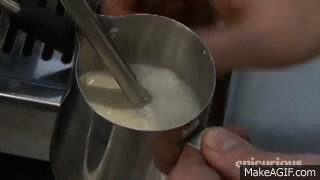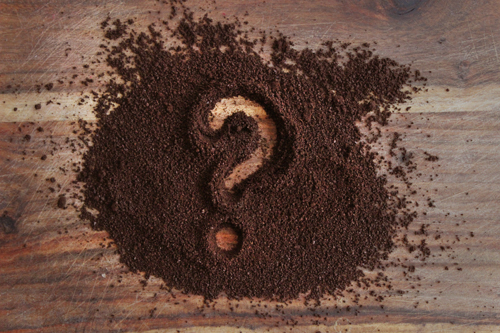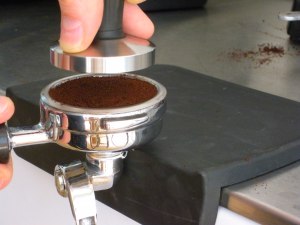
How to Make Impressive Espresso
Anyone who has worked in coffee understands that teaching a new employee to finagle a palatable shot of espresso is about as difficult as trying to teach a toddler violin; anyone can press a button on an espresso machine and hope for the best (we can think of one corporation with a big green sign that fits this category), but only the rare committed individual can master the barista trade. Here at Silver Service, there are few things as important to us as proper espresso preparation. We are convicted that the process of making espresso is the hinge between science and art in the refreshment business. Many of you are barista veterans and deeply appreciate the delicate nature of espresso; consider this article a reference for your new employees and co-workers. Hopefully you find this post to be an interesting refresher as well. Let’s begin with the technical part.
The Formula: Double Shot
Coffee: 14gm of finely ground Café Bel Etage Venezia
Tamping pressure: 30 psi
Filtered Water Temperature: 190°F
Water Pressure: 132 psi (9 bar)
Extraction time: 25-30 seconds
Volume of espresso shot: 70 ml
The Canvas
Here’s where the artistic part comes in. The barista must be willing to note various aesthetic qualities in the espresso process. First, they must have an appreciation for the beans. The ideal espresso blend will contain beans in the range between a medium and dark roast. Beans that are black, oily, and that have a mild rancid smell have been over-roasted. Over-roasted beans will make the espresso uncomfortably bitter, like a mouth full of dirt. Beans that are light brown or tan and that yield very little smell are under-roasted. Under-roasted beans contribute to unpleasant acidity akin to sour wet grass. Hopefully you haven’t tasted dirt or grass recently but you get the picture.
The beans labeled 8-14 are the desired range of roasts suitable for espresso blends. You should be attuned to examining the beans to make sure that your blend is not on either extreme.
After you’ve gauged the roast of your beans,you’ll want to grind them to the proper consistency. The grind is essential to the process and you’ll want to spend some time adjusting at the beginning of every day to ensure your shots are extracting between 25-30 seconds.
FDR likes the espresso grind on the left.
Once you have ground the beans into your portafilter, you need to tamp the grounds down creating a smooth flat surface to make sure the water distributes through the coffee evenly. Improperly tamped grounds can cause the flow of espresso to be either too rapid or too slow.
Once you have evenly tamped the shot, you can lock the portafilter into the group-head and begin pulling the shots. Most machines (semi-automatics) have a programmed dosage of water that you can choose by pressing a button on the front of the machine. With other machines (manual pump), you will need to monitor the volume of of water by watching the shot glass fill and stopping the water at the appropriate time.

As the coffee is extracted, the stream should begin as a dark vermilion color and move toward brownish blonde finish. The finished product should have a nice burnt orange or hazel brown reddish crema (the layer of foam on top). The crema should be thick enough to support the weight of granulated sugar for a few seconds. (3-4 ml) Occasionally it will have dark stripes across the top, giving it its trademark tiger’s stripe appearance.
Voilà!
Espresso should be served within 30 seconds before it has a chance to oxidize (become bitter) or have syrup or milk added to it to preserve the taste. If you have any questions please comment below! [polldaddy poll=8114286]

